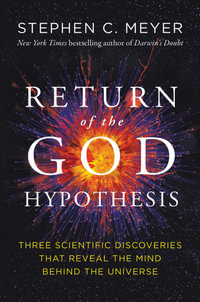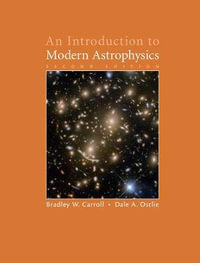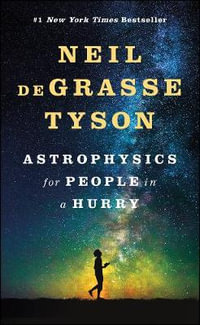Over the past twenty years, astronomers have identified hundreds of extrasolar planets--planets orbiting stars other than the sun. Recent research in this burgeoning field has made it possible to observe and measure the atmospheres of these exoplanets. This is the first textbook to describe the basic physical processes--including radiative transfer, molecular absorption, and chemical processes--common to all planetary atmospheres, as well as the transit, eclipse, and thermal phase variation observations that are unique to exoplanets.
In each chapter, Sara Seager offers a conceptual introduction, examples that combine the relevant physics equations with real data, and exercises. Topics range from foundational knowledge, such as the origin of atmospheric composition and planetary spectra, to more advanced concepts, such as solutions to the radiative transfer equation, polarization, and molecular and condensate opacities. Since planets vary widely in their atmospheric properties, Seager emphasizes the major physical processes that govern all planetary atmospheres.
Moving from first principles to cutting-edge research, Exoplanet Atmospheres is an ideal resource for students and researchers in astronomy and earth sciences, one that will help prepare them for the next generation of planetary science.
- The first textbook to describe exoplanet atmospheres
- Illustrates concepts using examples grounded in real data
- Provides a step-by-step guide to understanding the structure and emergent spectrum of a planetary atmosphere
- Includes exercises for students
Industry Reviews
"Seager provides an excellent contribution to the Princeton Series in Astrophysics, which will appeal to graduate students and working professionals in astronomy."--Choice "The author, an acknowledged leader in the field, has written a text intended for advanced undergraduates, graduate students, and professional astronomers. The book is organized topically, and could easily be used alone or as part of a more general course in thermodynamics or radiation astrophysics... This is an excellent resource... The author's clear explanations are easy to follow."--April S. Whitt, Planetarian "As a basic textbook for an introductory course in atmospheric physics for undergraduates this book is fine; it's nicely and clearly written and includes model exam questions."--F. W. Taylor, Observatory "The book will certainly provide a useful starting point for what I suspect will be the increasing number of scientists wishing to work on the physics of exoplanets."--Jonathan Tennyson, Contemporary Physics
























